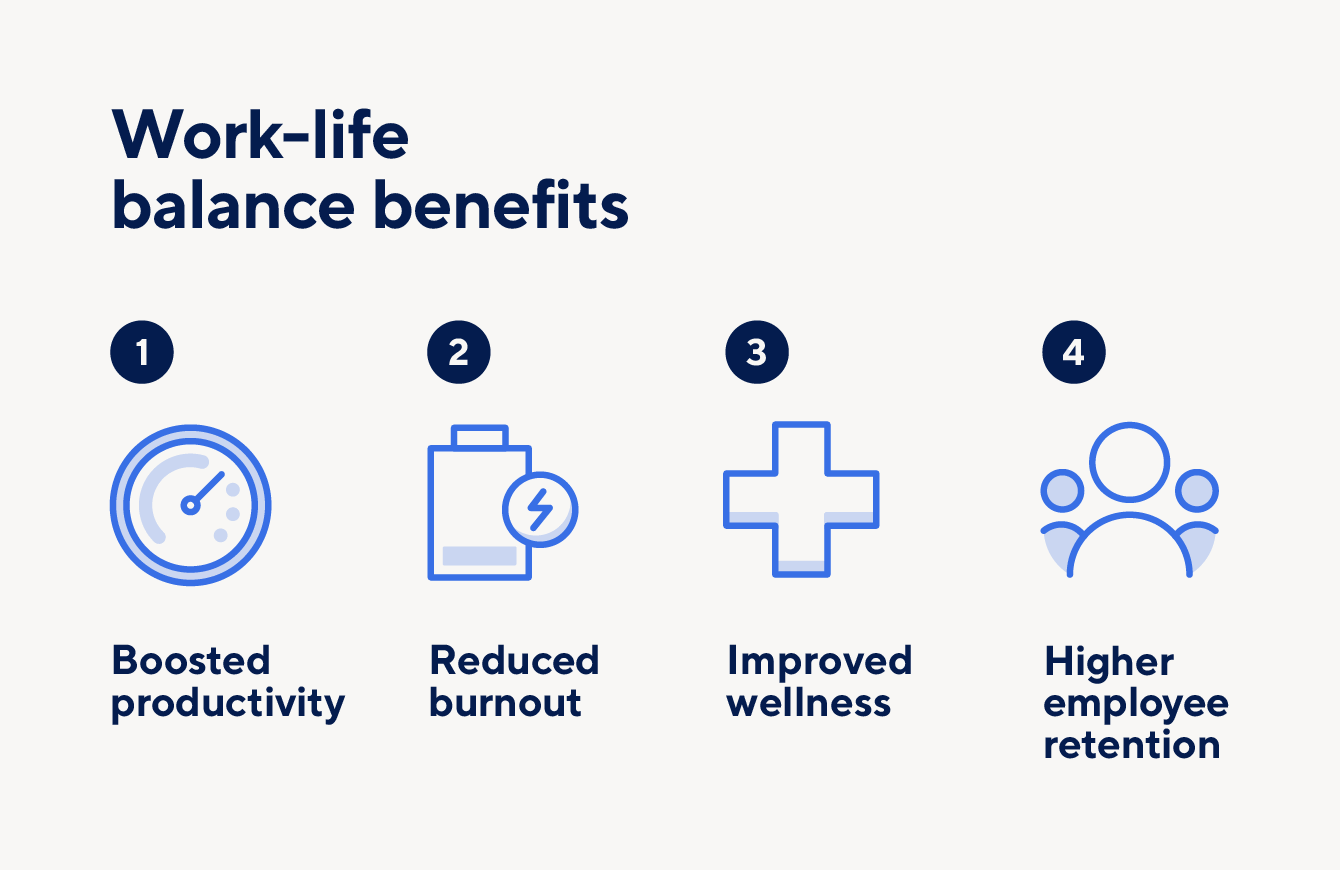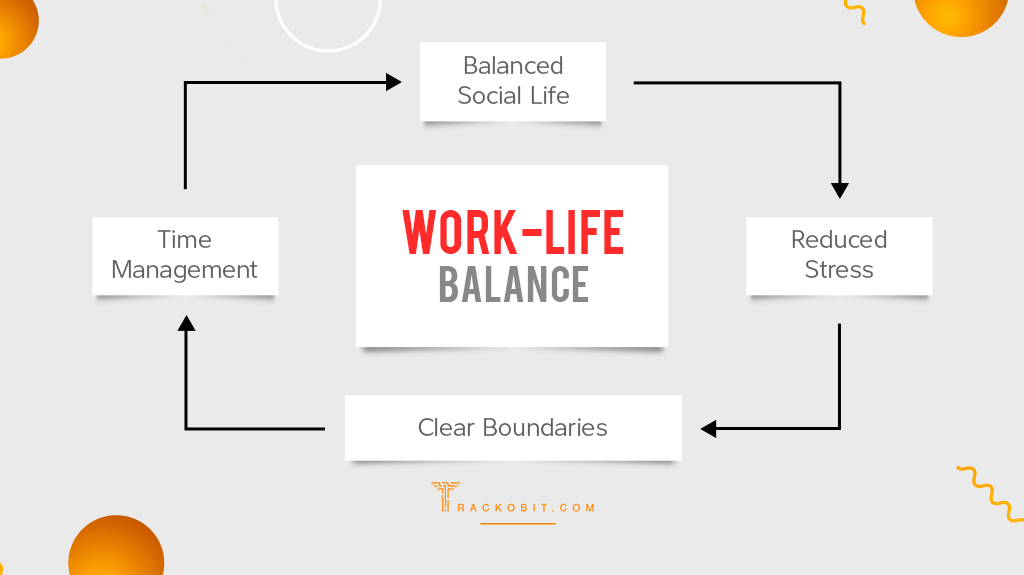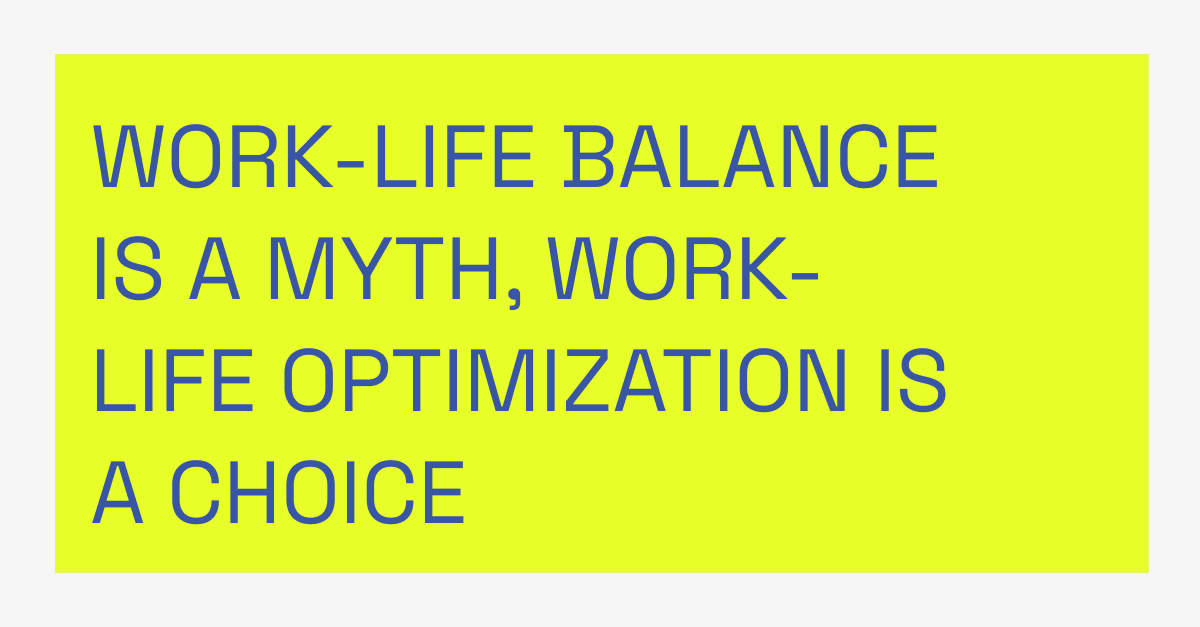Work-Life Balance Optimization: Mastering the Art of Harmony in Your Personal and Professional Life
In today’s fast-paced world, the concept of work-life balance has become more critical than ever. As technology advances and remote work becomes more common, the lines between professional and personal life continue to blur. Optimizing work-life balance isn’t just a matter of time management; it’s about creating a lifestyle that supports well-being, boosts productivity, and fosters happiness.
In this article, we’ll delve deep into what work-life balance optimization is, why it matters, and how you can achieve it in your own life.
Understanding Work-Life Balance
At its core, work-life balance refers to the equilibrium between the time you devote to your professional responsibilities and the time you allocate for personal activities, family, leisure, and self-care. When your balance is optimized, you feel content, energized, and efficient in both your work and personal life. However, achieving this balance is not always easy. The modern world offers numerous distractions and demands from both personal and professional spheres.
Why is Work-Life Balance Important?
Work-life balance is not just a luxury; it’s a necessity for maintaining overall well-being. Here are some reasons why optimizing it is so vital:
- Mental and Physical Health: When work takes precedence over everything else, it can lead to burnout, stress, anxiety, and physical exhaustion. A healthy work-life balance helps reduce the risk of these issues.
-
Improved Productivity: Contrary to popular belief, overworking does not lead to better outcomes. In fact, people who maintain a good work-life balance tend to be more productive and creative during work hours.
-
Enhanced Relationships: Balancing work with family and personal time allows you to nurture meaningful relationships, which is vital for emotional well-being.
-
Increased Job Satisfaction: Employees who feel they have time for both work and life are more satisfied in their roles and less likely to seek employment elsewhere.

Key Strategies for Optimizing Work-Life Balance
Achieving a balanced life doesn’t happen by accident. It requires intentional effort, and the good news is that there are various strategies you can implement to optimize your work-life balance. Here are some practical and proven methods:
1. Set Boundaries
One of the most crucial aspects of achieving work-life balance is learning how to set clear boundaries between work and personal life. Without boundaries, work can easily spill over into personal time, creating stress and reducing your overall quality of life.
- Create a dedicated workspace: Whether you work from home or at an office, ensure that you have a space exclusively for work. This will help you mentally separate “work mode” from “home mode.”
-
Define your work hours: Set a clear schedule for when you are working and when you are off-duty. Stick to these hours as much as possible to avoid overworking.
-
Learn to say no: Don’t take on tasks or projects that exceed your capacity. Saying “no” politely is an essential skill in maintaining boundaries.
2. Prioritize Tasks
Effective time management is key to balancing work and life. Use tools like task lists, calendars, or project management software to prioritize tasks based on urgency and importance.
- The Eisenhower Matrix: This method helps you categorize tasks into four quadrants based on urgency and importance:
- Urgent and important: Do these immediately.
- Not urgent but important: Schedule these.
- Urgent but not important: Delegate these tasks.
- Not urgent and not important: Eliminate or delay these tasks.
- Time blocking: Set aside blocks of time for specific activities during your day, ensuring that personal time is included as well.
3. Learn the Art of Delegation
It’s important to recognize that you can’t do everything yourself. Delegating tasks, whether at work or home, allows you to focus on your priorities.
- Delegate at work: If you’re a team leader, delegate tasks based on your team members’ strengths and skillsets. Trust others to help share the load.
-
Outsource personal tasks: Hiring help for household chores, childcare, or grocery shopping can free up valuable time for personal activities and self-care.
4. Embrace Flexibility
Work-life balance isn’t about strict schedules; it’s about flexibility. Life is unpredictable, and sometimes things will not go as planned. Learn to adapt and adjust your work schedule when necessary.
- Remote work options: If your job allows, consider negotiating remote work days or flexible hours. This gives you more control over your time.
-
Use technology: Leverage apps that allow you to work efficiently from any location, providing the flexibility you need to meet deadlines without sacrificing personal time.
5. Self-Care and Personal Time
Incorporating self-care practices into your routine is essential for optimizing your work-life balance. If you’re constantly working and neglecting your own well-being, both your physical and mental health can suffer.
- Exercise regularly: Physical activity helps reduce stress, boost energy, and improve mood. Whether it’s yoga, jogging, or going to the gym, find an exercise routine that works for you.
-
Meditate or Practice Mindfulness: Meditation and mindfulness techniques can significantly improve mental clarity and reduce stress.
-
Sleep: Never underestimate the power of a good night’s sleep. Rest is essential for maintaining cognitive function and overall health.
6. Technology and Work-Life Balance
While technology has blurred the boundaries between work and life, it can also be a tool to help optimize your balance.
- Use productivity apps: Tools like Trello, Asana, or Notion can help you stay organized and manage your tasks more effectively.
-
Set digital boundaries: Turn off notifications for work-related apps during your personal time, and limit checking emails after hours.
-
Embrace automation: Automating repetitive tasks, like bill payments or social media posting, can save you time and reduce stress.

The Role of Employers in Work-Life Balance Optimization
Organizations play a pivotal role in supporting their employees’ work-life balance. Employers who understand the importance of work-life balance tend to have more engaged, productive, and loyal employees.
How Employers Can Help:
- Offer flexible work hours: Allowing employees to choose their working hours or to work from home can make a significant difference in their ability to balance personal and professional responsibilities.
-
Encourage time off: Encourage employees to take regular breaks, vacations, and mental health days. This helps prevent burnout and maintains long-term productivity.
-
Provide mental health resources: Offering counseling services, stress management workshops, and other wellness programs can contribute to a healthier work-life balance.
The Future of Work-Life Balance
As remote work and hybrid models become more mainstream, the future of work-life balance will likely continue to evolve. Technology will play a significant role, and employers will need to remain flexible in offering work environments that prioritize well-being.
Key Takeaways
Optimizing work-life balance is not a one-size-fits-all solution. It requires conscious effort, planning, and flexibility. However, by setting clear boundaries, prioritizing tasks, taking care of your well-being, and leveraging technology, you can create a lifestyle that promotes both professional success and personal happiness.
Frequently Asked Questions (FAQs)
Q1: How do I achieve work-life balance when my job is very demanding?
A1: Setting clear boundaries, learning to delegate tasks, and practicing time management can help you balance a demanding job with personal life.
Q2: What are some quick ways to improve work-life balance?
A2: Prioritize self-care, set work hours, and use productivity tools like task managers and digital calendars to organize your time effectively.
Q3: How can I convince my employer to allow flexible work hours?
A3: Present data on how flexibility can increase productivity and employee satisfaction. Highlight your ability to deliver results while maintaining a balanced lifestyle.
Q4: Is work-life balance really possible in today’s fast-paced world?
A4: Yes, with the right strategies in place, such as prioritizing tasks, setting boundaries, and practicing self-care, it’s possible to find harmony between work and life.
Conclusion
Optimizing your work-life balance is a continuous process that requires ongoing adjustments, but the benefits are undeniable. A balanced life leads to better mental health, increased productivity, and more fulfilling personal relationships. By incorporating the strategies outlined in this article, you can find the balance that works best for you, ensuring that both your work and your personal life thrive.
For more insights on optimizing your work-life balance, check out this helpful guide on productivity.


